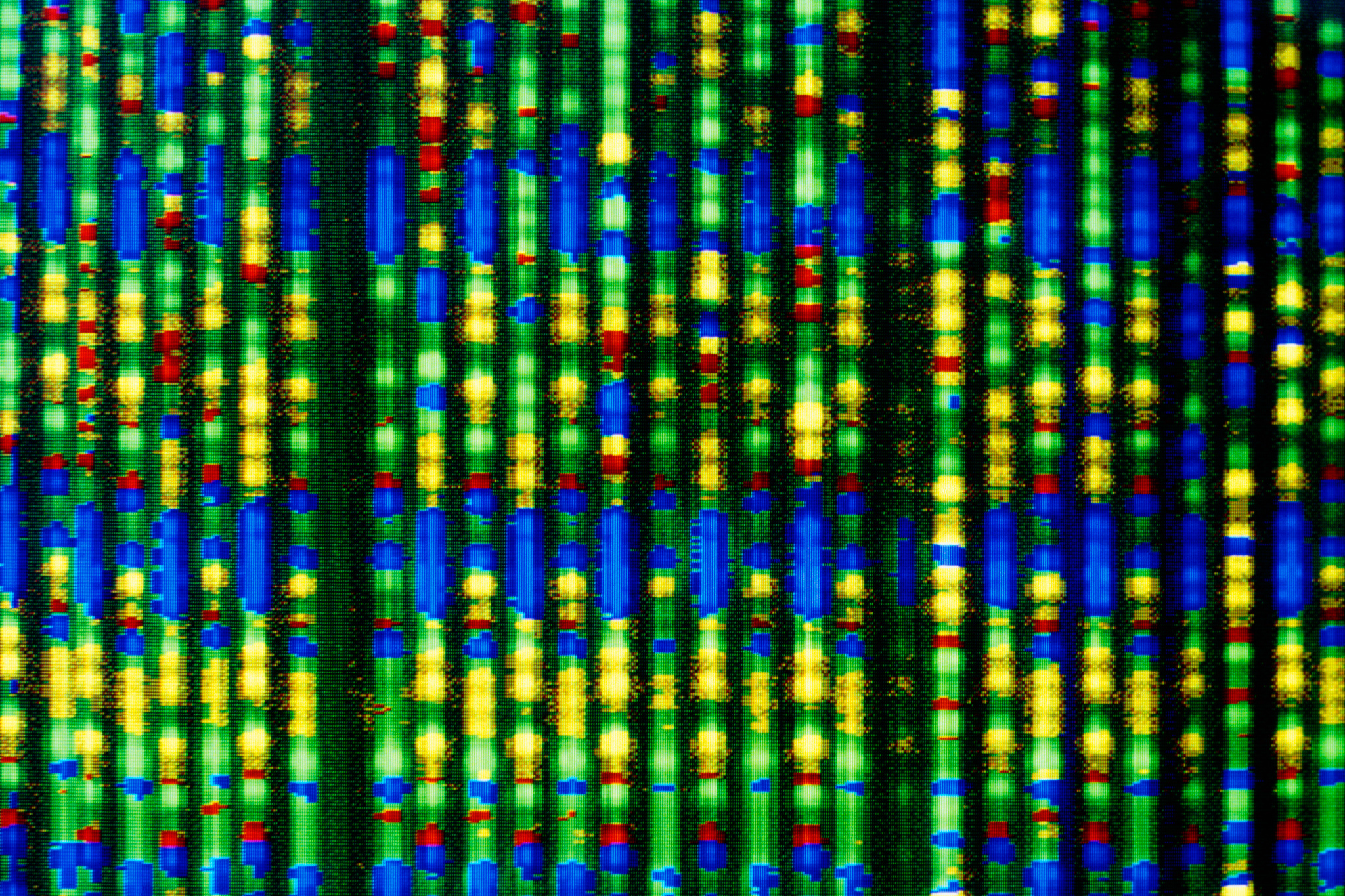Healthcare data has an important challenge from a cryptography standpoint. It has to be both private and useful. An initial review of these requirements may appear as two completely contradictory elements. Encrypted data using traditional encryption techniques remove the usability factor. In a traditional encryption scheme, unless the end user with the encrypted data has a decryption key, the data is completely useless.
But, what if there is a new way of encrypting data? A technique where, the end user can perform certain relevant functions on the encrypted data without ever decrypting it. As it turns out, there is a mechanism of accomplishing this. It is called homomorphic encryption scheme.
This scheme was first proposed by Ronald L. Rivest, Leonard Adleman and Michael Dertouzos. The general expression for a fully homomorphic encryption scheme is:
ƒ(a,b) = ƒ(CT(a),CT(b)) -> ƒ(D|k{E|k(a),E|k(b)}) = ƒ(a,b)
There are currently a few cryptographic libraries that can be classified as fully homomorphic encryption schemes.
The key advantage of a fully homomorphic encryption scheme is the ability to perform mathematical calculations on the cipher text. For healthcare data to be useful, one need to perform these calculations on the data. Using a fully homomorphic encryption scheme, these computations can be performed without ever decrypting the data.
Homomorphic encryption scheme is the next big step in big data and artificial intelligence. As more and more healthcare organizations are looking to reduce cost of their IT infrastructure by adopting cloud computing, a truly homomorphic encryption scheme will not only protect the data, but also provide useful insights into these massive data-sets without ever compromising privacy.
Some of this work is done as part of our startup project nanoveda. For continuing nanoveda’s wonderful work, we are running a crowdfunding campaign using gofundme’s awesome platform. Donation or not, please share our crowdfunding campaign and support our cause.
Donate here: gofundme page for nanoveda.
(The picture of rows of protein data creating a colorful sequence display at the Genomic Research Center in Gaithersburg, Maryland. This image was created by © Hank Morgan – Rainbow/Science Faction/Corbis and obtained from public domain via nationalgeographic.com)
